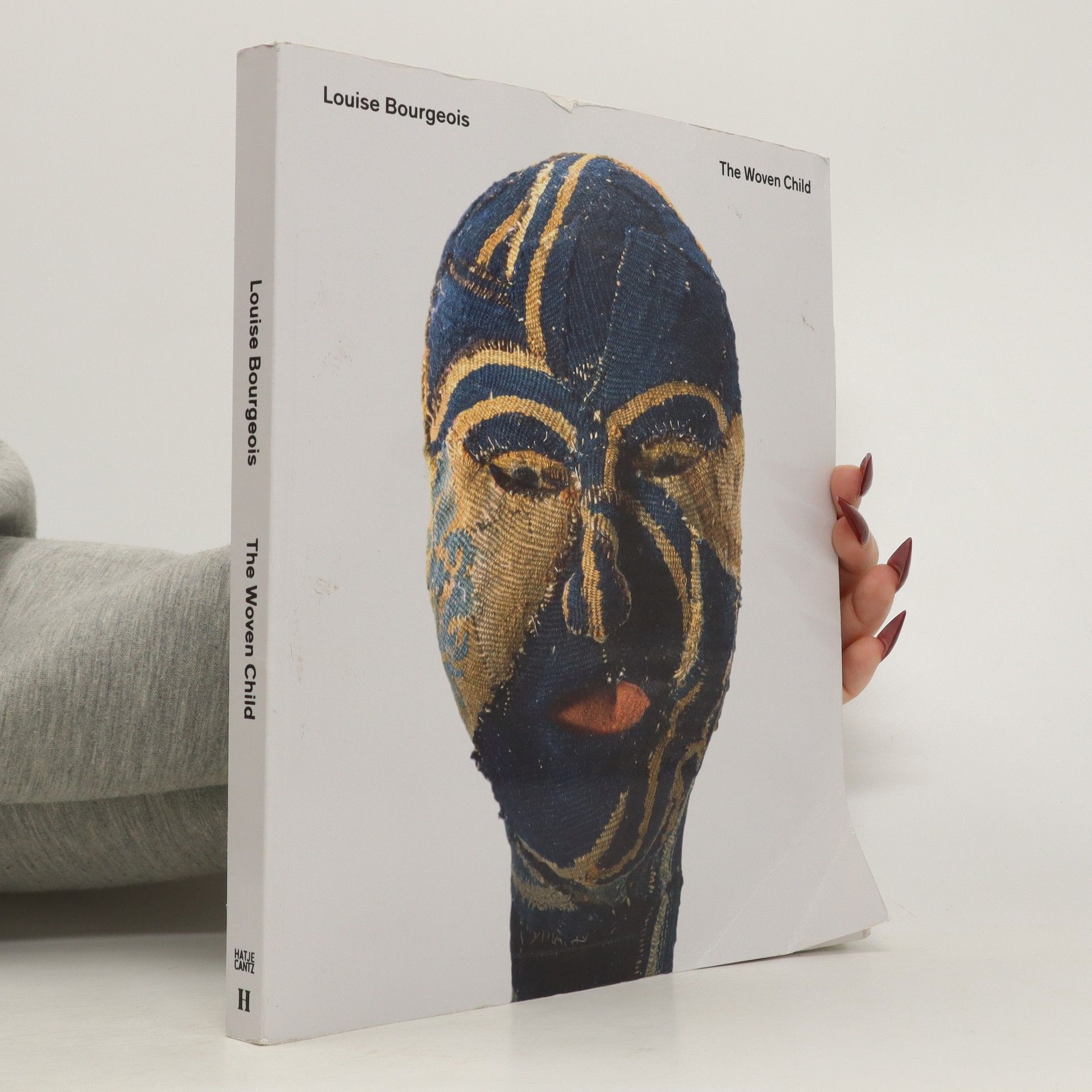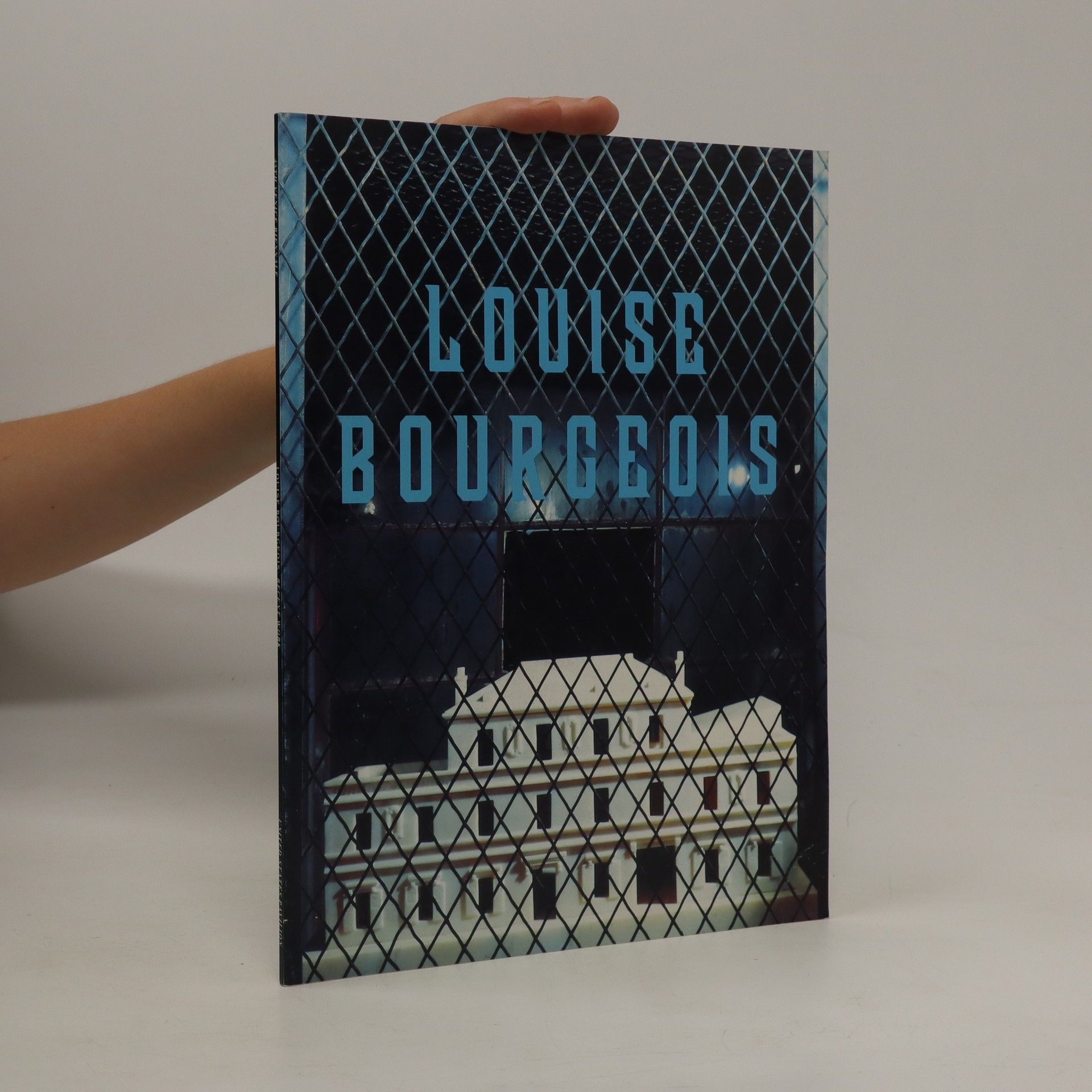Louise Bourgeois
- 48pages
- 2 heures de lecture
Louise Bourgeois était une artiste franco-américaine dont l'œuvre considérable couvrait la sculpture, l'art d'installation, la peinture et la gravure. Son art explorait de manière répétée des thèmes tels que la domesticité et la famille, la sexualité et le corps, ainsi que la mort et l'inconscient, établissant des liens avec ses expériences d'enfance qu'elle considérait comme un processus thérapeutique. Bien que son travail présente des points communs avec des mouvements tels que le surréalisme et l'art féministe, Bourgeois ne s'est jamais officiellement alignée sur un groupe artistique particulier. Son approche artistique distincte en fait une figure marquante du monde de l'art.






Chefs d'uvre L'exposition d'ouverture du centre Pompidou-Metz.
Late textile works by the artist who helped pioneer the sculptural use of fabric in art This book provides a comprehensive overview of the fabric works from the last two decades in the career of legendary artist Louise Bourgeois (1911–2010). “I’ve always had a fascination with the needle,” she once said, “the magic power of the needle. The needle is used to repair damage. It’s a claim to forgiveness.”This body of work began when the artist started incorporating clothes from all stages of her life into her art, and later expanded to include a range of other textiles such as bed linen, handkerchiefs, tapestry, and needlepoint. The fabric works mine the themes of identity and sexuality, trauma and memory, guilt and reparation, and serve as metaphors for emotional and psychological states.The catalog―which accompanies the exhibition at the Hayward Gallery, London, and the Gropius Bau, Berlin―features works from numerous series, including the monumental Cell installations, figurative sculptures and abstract drawings.
Features approximately 80 writings by Louise Bourgeois, which, combined with eight extensive scholarly essays turns our critical understanding of Bourgeois work on its head. This title shows the enduring presence of psychoanalysis as a motivational force and a site of exploration in her life and work.
Spirals are a recurring motif in the work of Louise Bourgeois, including her sculpture, painting, and drawings from as early as the 50s through 2010 the year of her death. It has two directions. Where do you place yourself, at the periphery or at the vortex? The spiral is simultaneously "the fear of losing control" and the experience of "giving up control; of trust, positive energy, of life itself." In another book Bourgeois is quoted as saying "The spiral is important to me. It is a twist. As a child, after washing tapestries in the river, I would turn and twist and wring them... Later I would dream of my father's mistress. I would do it in my dreams by wringing her neck. The spiral -- I love the spiral -- represents control and freedom." In materials as diverse as wood, steel, bronze, latex, marble, plaster, resin, hemp, lead, ink, pencil, crayon, woodcut, watercolor, and gouache, Bourgeois investigates every imaginable manifestation of the spiral, from graphic patterns to graphite whorls, wobbly orbits to chiseled vortices, twisted columns to coiling snakes, staircases, and pyramids. The cursive blue-paper word drawings, in English and French, complement the purely visual works by conveying the spirit of Bourgeois' poetry in extraordinary pictorial forms.
Tracing artists' increasing use of their bodies as subject and actual material of their artworks, this title charts the rise of new forms of expression such as Body Art, Happenings, Performance and Live Art.